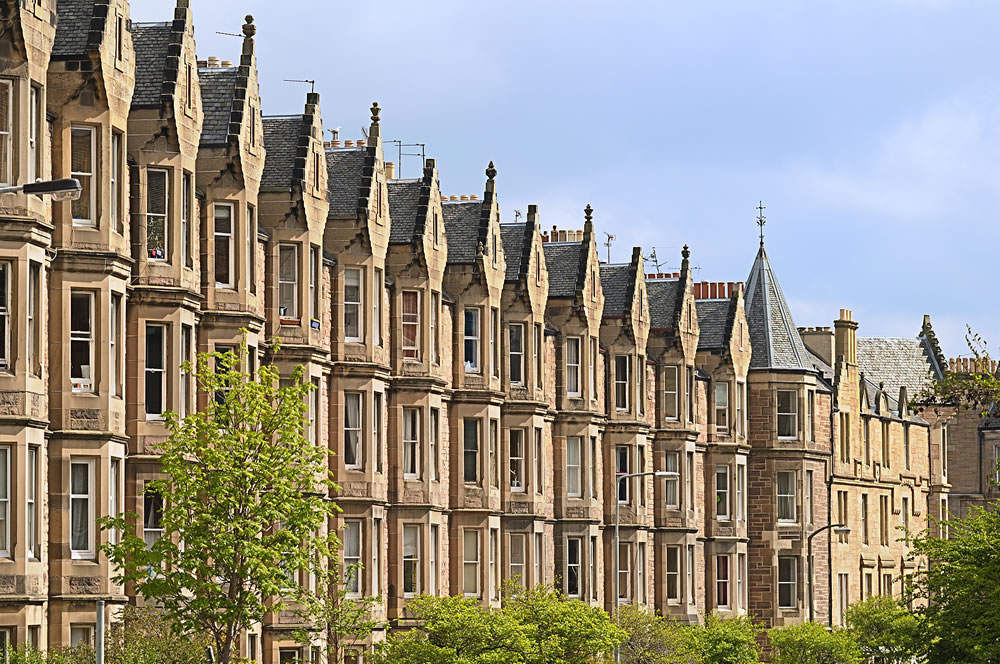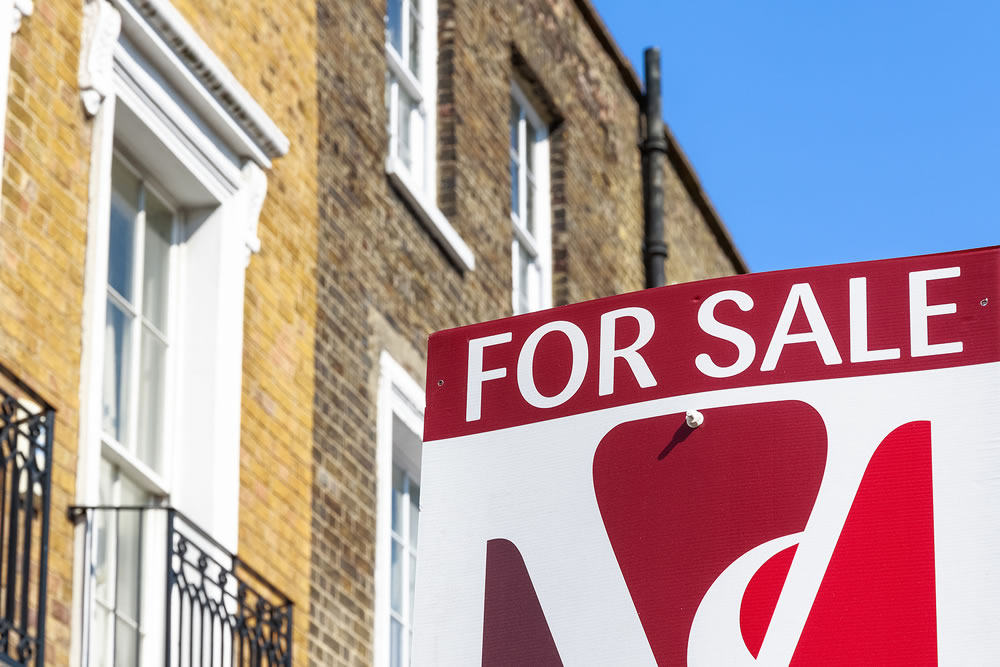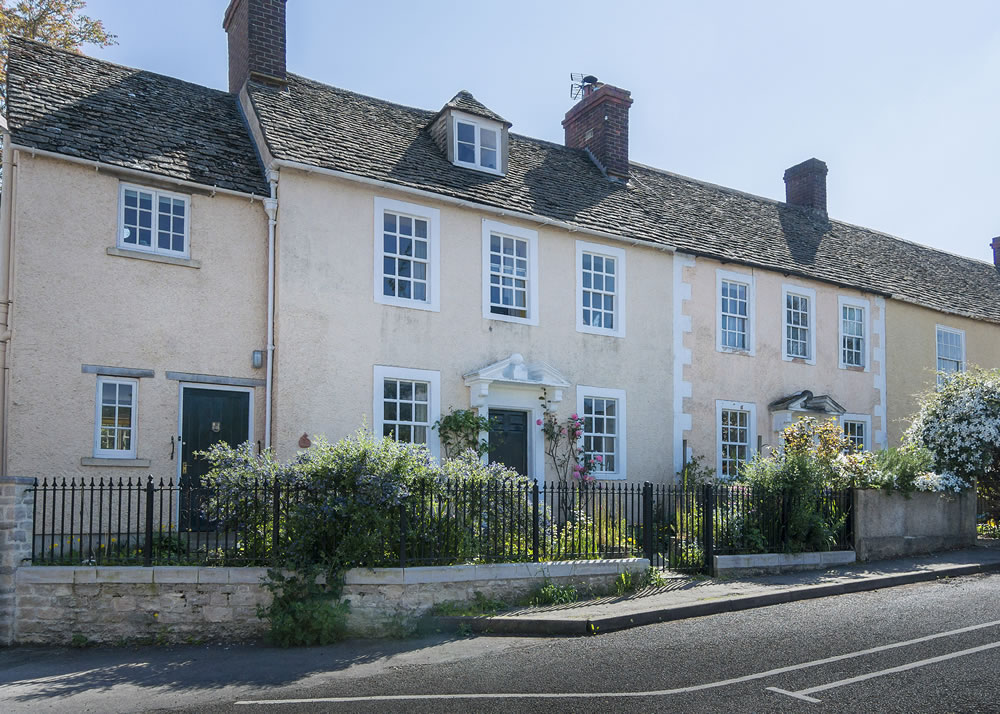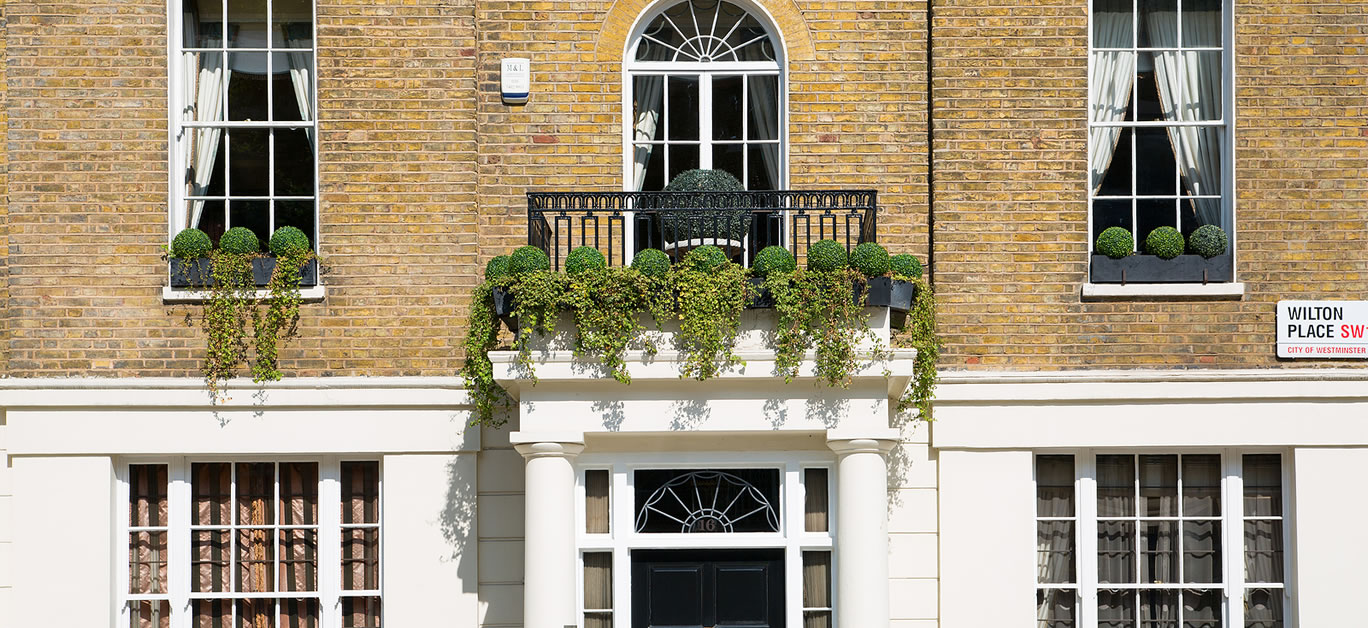A lot can happen in 10 years, and this is certainly true for the UK housing market. The disastrous financial crash of the late noughties had a devastating impact on the property market across the globe, with the UK housing market only really starting to recover by 2012, when the average house price hit a high of £170,902 in August of that year. In the 10 years since then, the UK has seen an average increase of 4.5% year on year (5.9% in London), although we have now reached a rather hefty average house price of £275,000.
So, what exactly has happened to the UK property market since 2012 and where is it headed?
With the introduction of the government’s Help to Buy scheme in 2013, potential homebuyers were encouraged by smaller, 5% deposits and the construction of new homes was also boosted. As such, 2014 saw a bumper year for house price growth with a rise from an average price of £178,182 in January 2014 to £189,709 by July 2014, an increase of 6.4% in just six months. By September 2014, the annual house price increase was up to 12.1%.

However, annual house price growth began to slow across the majority of the UK in 2015, hitting a rate of 5.2% in July 2015. In the aftermath of the UK’s ‘Brexit’ decision to leave the European Union on 23 June 2016, house prices remained fairly static until January 2017 when the average house price remained at around £216,000. 2017 also saw a significant moment for the housing market when stamp duty land tax was abolished for first time buyers purchasing a property of £300,000 or less from November 2017 onwards.
Unfortunately, this incentive was not enough to invigorate a housing market badly hit by Brexit uncertainty, and in the three years from 2016 to 2019 and the looming Brexit deadline of 31 January 2020, the rate of house price increase dwindled from 8.2% in June 2016 to 0.6% in July 2019.
In the first quarter of 2020, with an 11th hour trade deal agreed between the UK and EU, the fortunes of the housing market and buyer confidence appeared to be looking up, with an encouraging 2.5% annual increase in house prices in March 2020.
Unfortunately, that same month, the UK went into its first lockdown period as a result of the emerging Covid-19 pandemic which had spread like wildfire across the globe. Predictions of a 10% decrease in house prices were rife amidst the effective closure of the housing market and construction industry from March to May 2020.

2020 – 2022
However, since the summer of 2020 the UK has seen an unprecedented increase in house prices and an annual rise of 13.2% to June 2021 (with figures even higher in 2021 for regional areas like Wales and Scotland). This growth continued in the final quarter as well, with December 2021 seeing an annual increase of 10.8%.
Property portal Rightmove also saw its highest rise in asking prices for 20 years in February 2022, with a record average of £348,804. Indeed, asking prices are now 9.5% higher than last year, which is the highest annual rate of growth since September 2014.
The reason for this significant increase in house prices is threefold. Primarily the demand for housing versus the limited supply has kept house prices creeping up. But in addition, the availability of favourable mortgage rates and the temporary increase to stamp duty rates from 8 July 2020 – 30 September 2021 which left many buyers exempt from the charge altogether has created the perfect storm for the property market to prosper in 2020 and 2021.
Unlike 2012, this more recent house price growth has been UK wide too, with Welsh local authority Merthyr Tydfil seeing a huge 21.2% increase in house prices to November 2021 and the Scottish county of Clackmannanshire seeing an 18.3% growth, in comparison to a paltry 5.1% rise in London.

2022 and beyond
While less prominent in the final quarter of 2021 and the first quarter of 2022, house price growth has remained steady across the board as demand continues to outstrip supply and Rightmove has predicted that regional areas Scotland, the West Midlands, the South West and Yorkshire and the Humber will see the highest levels of growth in the UK at around 7%.
However, as we enter the second quarter of 2022, both the UK and much of the global economy is beginning to experience a considerable cost of living crisis as a result of the rapid energy price rise which has been further heightened by sanctions in the wake of Russia’s invasion of Ukraine.
As inflation continues to rise exponentially and interest rates have increased as a result, buyers are understandably feeling more cautious, particularly as government incentives have ended and there is still uncertainty around Brexit and the possibility of more Covid-19 variants. Now that affordability comes into play more prominently, predictions for house price growth in 2022 suggest a conservative 3-5% growth in the remainder of the year, with estate agents Savills forecasting a 15% overall rise from 2022 to 2026.






















